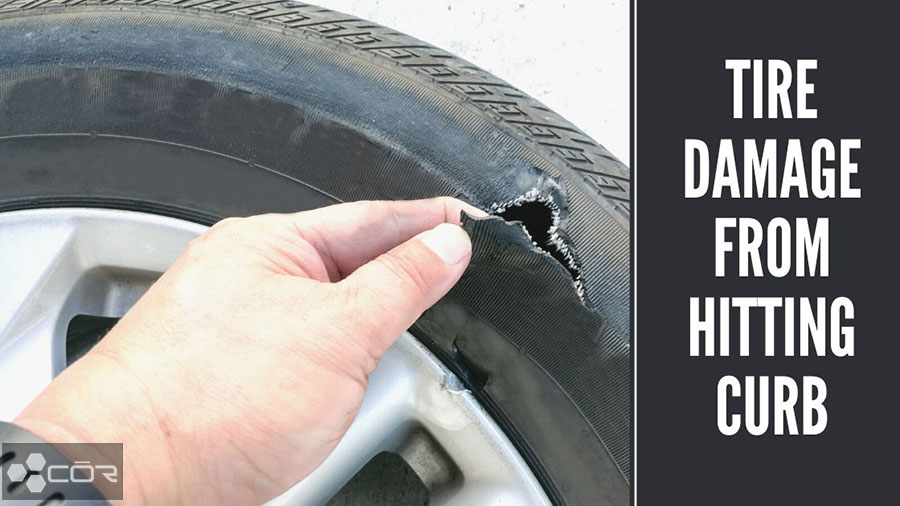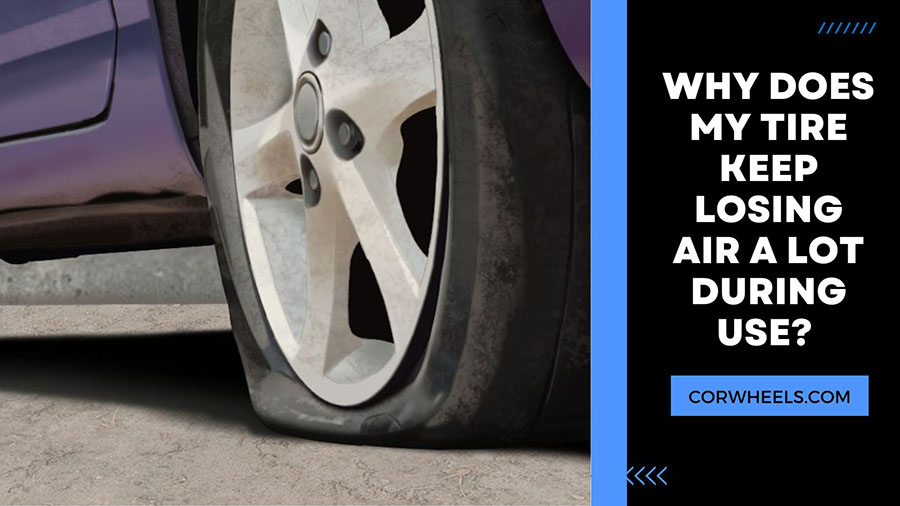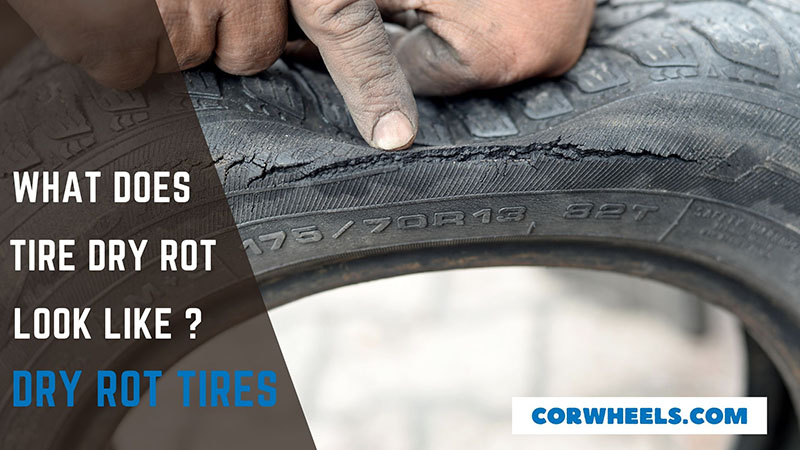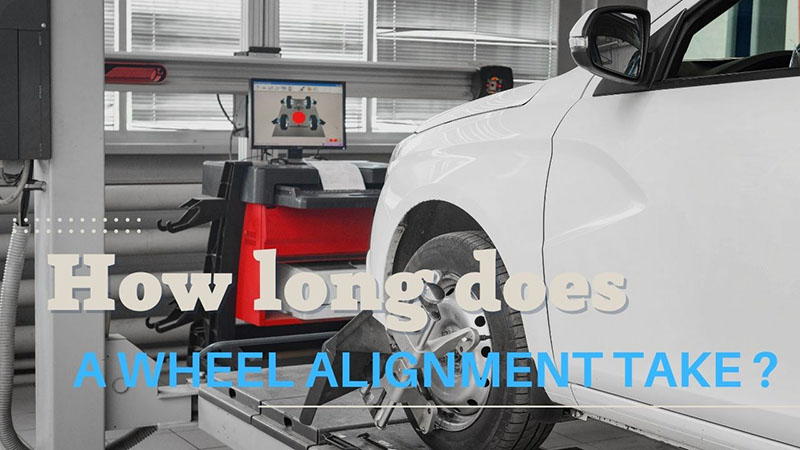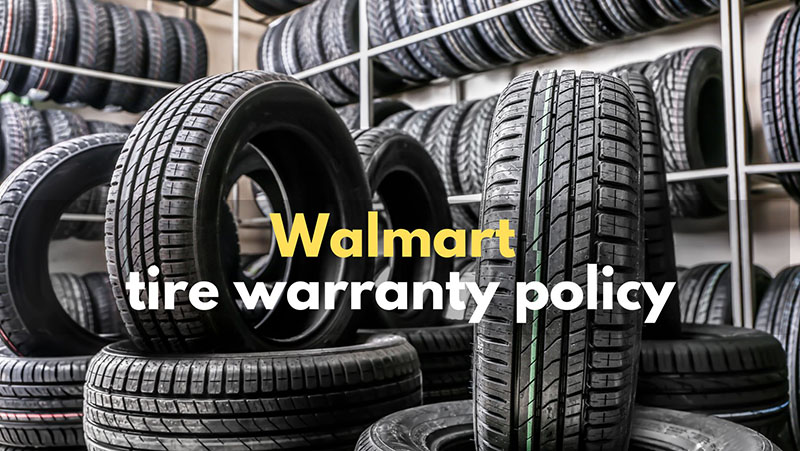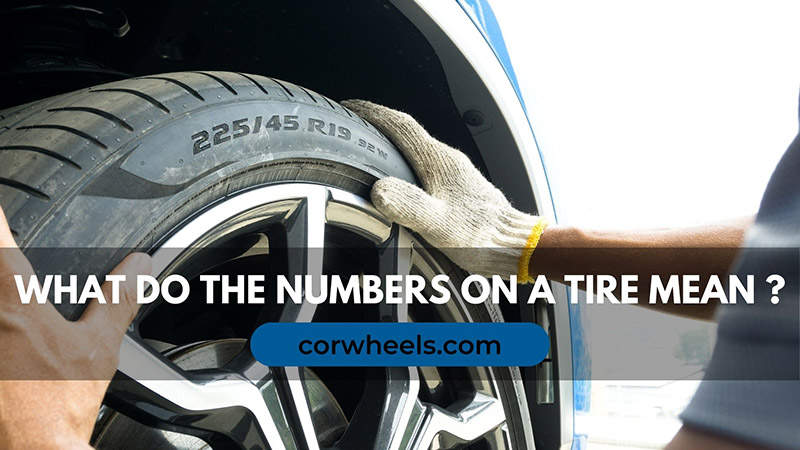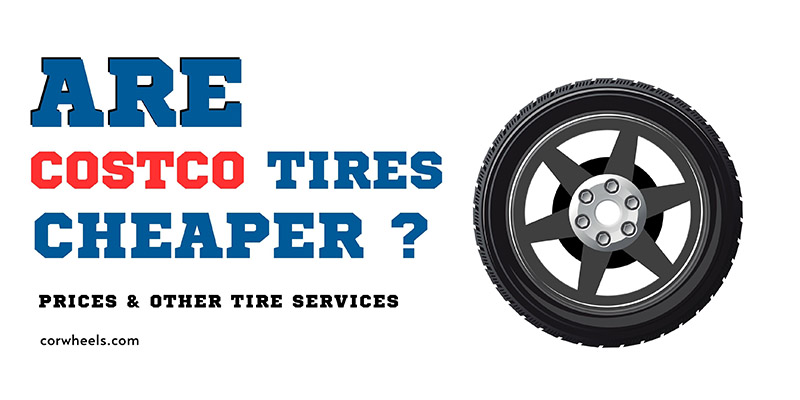Many drivers often experience accidents such as hitting the curb while driving, which leads to a lot of damage that reduces tire life or structural damage. The consequences of these collisions can make your tires more prone to wear, bend, deflate, and unsafe on the road.
This article is a valuable resource for you to learn more about the adverse effects of the wheel after a crash. At the same time, we provide tips when changing tires that every customer needs to know.
In this article:
How Harmful Is Tire Damage From Hitting Curb To A Car?
1. Damaged Rims And Tires
The two parts that are in direct contact with the curb that is most easily damaged are the tire and the rim. The car hit curb damage will cause some of the most obvious damage to your vehicle, such as tearing, cracking, and tire wear.
Also, a flat tire can occur after a collision because the valve part is deformed. This part usually has a convex structure inward to trap air and create inflation for the tire. After the valve body is damaged, the air will leak.
Another part that can warp on impact is the wheel rim. If the rim is slightly deformed, it will cause the car to vibrate and shake; the driver will also feel that the car will tilt. And a sizable deformed rim can cause great danger to the driver.
2. Wheel Deflection
In addition to hitting curb tire damage, car crashes also result in wheel deflection that throws off the wheel’s balance. With wheels rotating at high speeds above 60 km/h, the unbalanced portions of the wheel’s mass will compress the clearances in the direction of the applied centrifugal force. It causes an inversion of the plane of rotation of the wheel.
Wheel deflection causes the loss of sense of direction of the wheel, causing the driver to feel difficult handling conditions, the body vibration similar to the vehicle running on a continuous waveform bumpy road.
At low speeds, the effects of rotation unbalance are not obvious. Tire balance is concerned with control and safety on the road, so when there is any problem with the wheel, the owner must take it to repair immediately.
3. Loosen Wheel Attachments
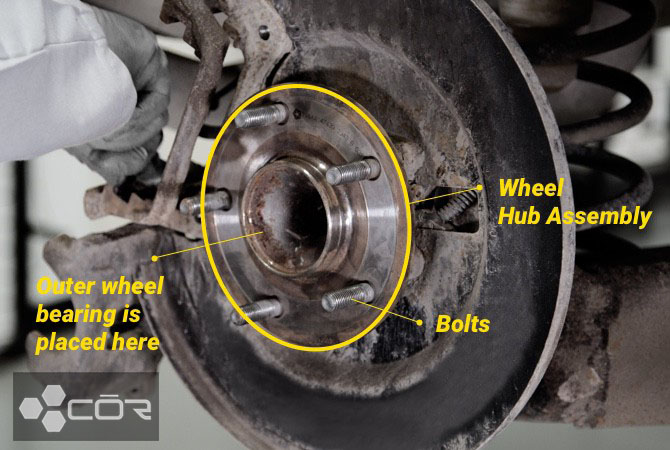
Parts of the wheel-to-hub area and the frame can loosen or break when the wheel hits high-speed bumps. Failure of components can be divided into two types: due to self-loosening and wear of joints.
If the wheel connection to the hub is loose, the wheel bearings will wear out. Its consequences are wheel wobble, shaking, accompanied by noise, incorrect steering control, and even loss of control.
Linking the wheel assembly to the frame includes the links of the vertical column with the guide wheel axle and the ball joints in the independent suspension system. When the wheel-to-hub is damaged, it will lead to misalignment of the wheel, especially on the guide wheel, causing rapid tire wear. Besides, it generates noise and vibration in the area near the floor when the vehicle moves on uneven roads.
How To Check For Damage After Hitting a Curb?
After the collision, you must thoroughly check the tire and the valve body overview. “hitting a curb with the front passenger side” is a common damage accident that quite a few taxi drivers share with us; we always advise them to check the following details:
- A protrusion or bulge in the tread of the tire. Replace tires if you find cuts, cracks, or rips in the tread.
- Remove anything stuck to the tire and check for air leaks.
- If tire wear is uneven, take your vehicle to a dealer for wheel alignment.
- See if the tire is too worn.
- Check cracks or other damage around the valve body.
Notes When Changing Tires And Wheels
New tires should have the same size, load limit, speed limit, and maximum cold tire pressure rating (marked on the sidewall) as the original tire. Using tires that don’t need size or structure will make ABS and vehicle stability assist (VSA) systems less effective.
It is best to change all four tires at the same time. You should change all four tires simultaneously. If not, change the two front tires at the same time and the two rear tires at the same time.
Make sure the new wheel specifications are the same as the original wheel.
Improper fitting of new tires can affect vehicle control and stability. This could result in a collision resulting in severe injury or death.
Always use the recommended tire type and size as on the information label on the vehicle.
FAQ
What Factors Does The Life Of a Car Tire Depend On?
Tire life depends on many factors, such as driving habits, road conditions, vehicle load, tire pressure, maintenance history, speed, and driving environmental conditions (even when the tire is not in use).
When To Diagnose The Cause Of Wheel Damage?
When the wheel occurs, one of the following phenomena:
- The appearance of cracks on the outside of the tire.
- Tire wear phenomenon.
- Vertical image resizing.
- Determine wheel balance.
- The noise and vibration of the whole vehicle.
- Loosen-in connection structures.
How Often Should A Tire Be Changed?
You should conduct an annual tire inspection when the tires have been used for five years to reduce the odds of damage. All tires, including spare tires, need to be replaced ten years from the date of manufacture, regardless of the condition and wear of the tire at the time. When replacing tires, learn carefully about reputable auto body shops.
Conclusion
The article has provided you with the worst cases your car encounters when it collides with a curb. Possible adverse effects on tires, rims, and other direct factors can reduce your driving safety. Safety issues will not be guaranteed.
See also:

